Marketing strategies, techniques, trends, and methods have changed rapidly and for the better over years. These changes have expanded the horizon of inventions in the small business arena and have successfully strengthened the customer-brand relationship.
While deriving the term ‘marketing’ from a Latin word ‘Mercatus’ nobody knew that this strategy would be so important for every brand as it is today. Dating back to the1900s, promotions happened mainly in form of pamphlets, display, and announcements. These methods were used to create awareness about particular events happening in towns or for the introduction of new commercial goods like fruits, vegetables, beauty products and so on. Marketing can be divided into several types but if broadly classified it is mainly of two types – Outbound and Inbound.
What is Outbound Marketing?
If observed closely it includes all forms of traditional tactics namely; print ads, television, radio, newspaper, trade shows or exhibitions, direct mails amongst others. Analytics project the efficiency of outbound marketing to be limited to a certain set of audiences and is not technologically savvy. Here a lot of assumptions are relied on.
- The audience is based on a wide spectrum of profiling. Thus X amount of money spent here doesn’t boost conversions as expected or to the mark.
- As outbound is mainly traditional, it doesn’t include the new forms of technology platforms like social media, digital, mobile and so on into its radar. Hence, leaving behind a major chunk of audience who undoubtedly are the future.
What is Inbound Marketing?
Inbound marketing also largely known as content marketing involves everything that ‘outbound’ effortlessly looks over –
- Blogs
- Social media channels
- Search engine optimization (SEO)
- Webinars
- Infographics
It rightly focuses on the new age media and promotion mediums where the profiled audience spend most of their time today. Unlike outbound, it doesn’t ask for attention aggressively. It is carefully segmented and targeted. It awaits to be found by its audience to offer valuable inputs and insights in exchange. In simple words, it is a source of free traffic.
Benefits
By incorporating inbound marketing, a small business can:
Reach Relevant Audiences
Displaying huge billboards and distributing ads in public dailies will not be as effective as online ads. This is because your audience viewing billboards would not be targeted intentionally whereas, your targets would be active on some social media sites. With micro-targeting, you can reach out to specific audiences who can understand your brand and your valued offerings.
Save Huge chunk of Money
One half page print ad can cost you a fortune and now just imagine getting your product out to the market in every day possible! You can turn the tables around and earn a fortune by just including this strategy in your promotional plan. Though it takes more effort than simply buying a newspaper ad, it’s per lead costs run way lower than traditional marketing.
Increase Search Organically
In order to get listed on Google’s first page, coming up with relevant and fresh content is a must. When you produce search optimized content on regular basis and receive social media attention, your ranking will shoot up. Choosing apt keywords is crucial.
Prompt Business Decisions & Actions
Using inbound you will get quick and on the spot insights of how your online or digital campaign is performing. Depending on these results as the owner of your business you can take prompt actions to change or enhance your campaign for the better business.
Build Loyal Customers
People will like, share and purchase your products or services if you interact with them constantly by putting new products, offers, coupons, discounts and providing exceptional customer services. Time and again it has been proven that customers who are linked to your social media handles are more likely to be loyal. Denote the above as benefits or hacks to increase business, inbound marketing is the type to opt for. You might be the owner of a small, medium or large business, these benefits apply successfully to all.
Here’s an example that helped Varsha, a passionate cake baker to scale up her baking business. She started her business with accepting small orders from her friends and family. Soon, her passion and uniquely baked flavors were recognized in her locality and community. She started her website for receiving and accepting order online from others outside her locality, family, and friends. To boost her online presence she drafted a strategic inbound marketing plan for her business.
- Varsha strongly promoted her brand and products on different Facebook communities and groups.
- She also attached a blog to her site where she discussed different techniques, styles of baking and ‘about cakes’.
- She wisely chose certain words such as: ‘cake’, ‘baking’, ‘DIY’ and so on.
- These keywords which were frequently searched on Google by her target audience: belonging to varied age, gender, and backgrounds.
- This took care of her site’s SEO.
Making use of different inbound marketing techniques and tools, this process eventually increased Varsha’s clientele and business by manifolds.
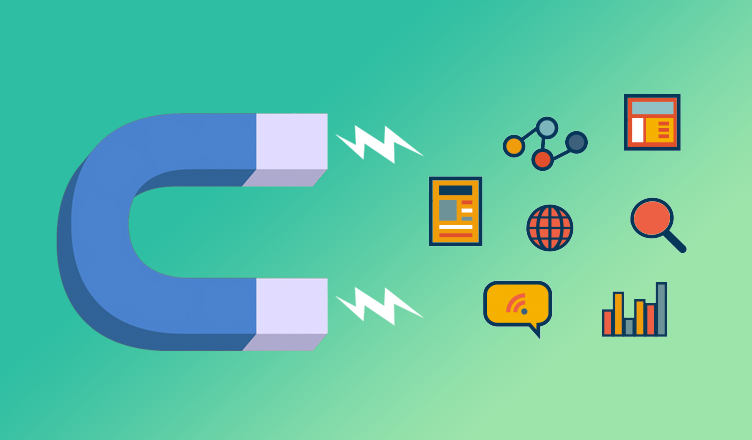
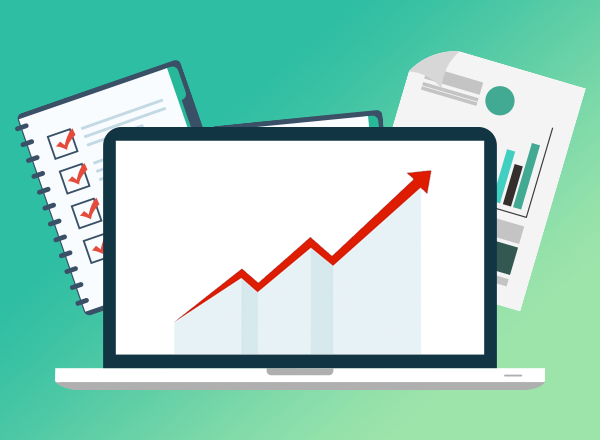
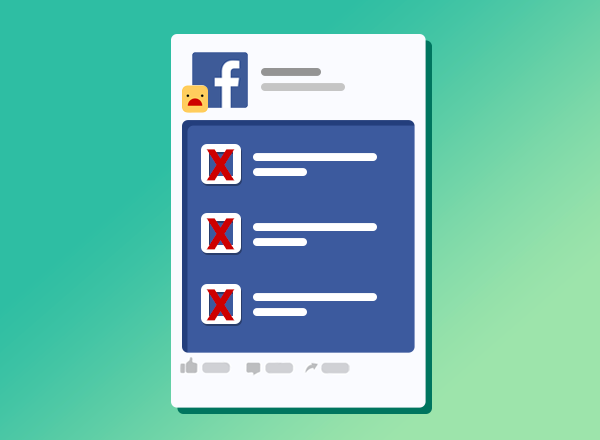

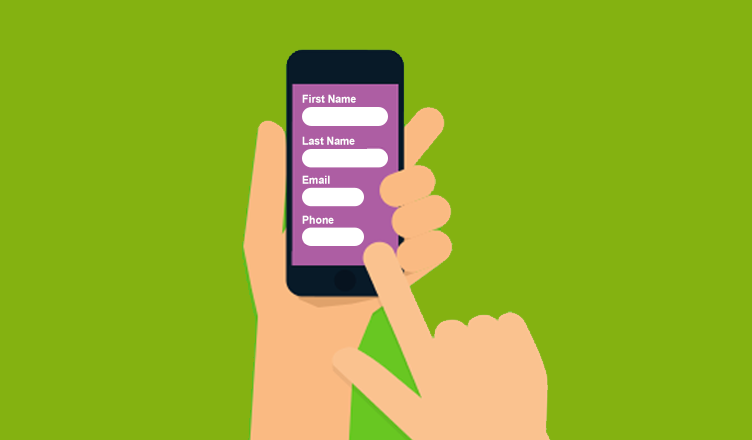
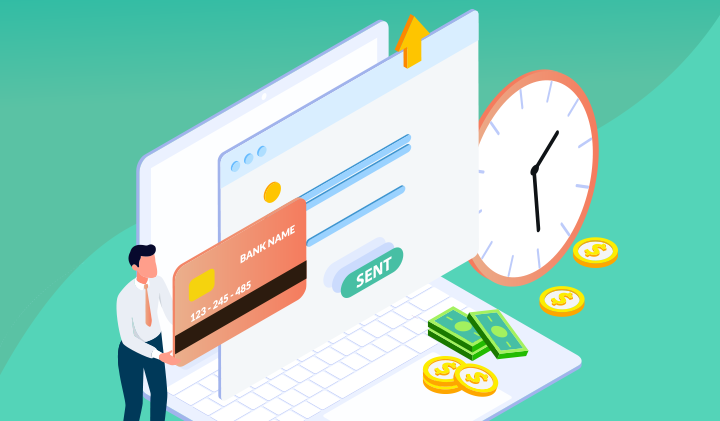
Leave a Comment